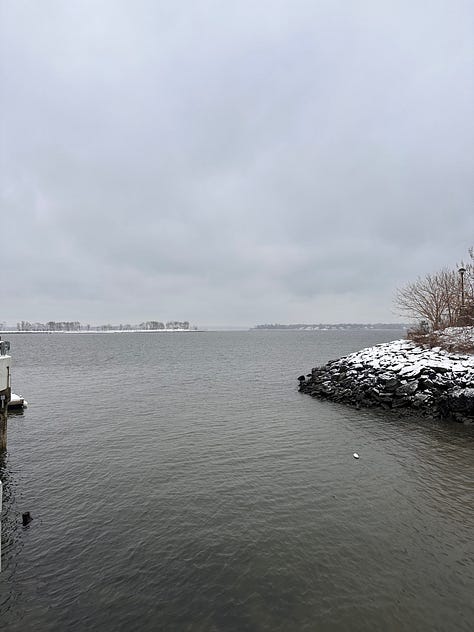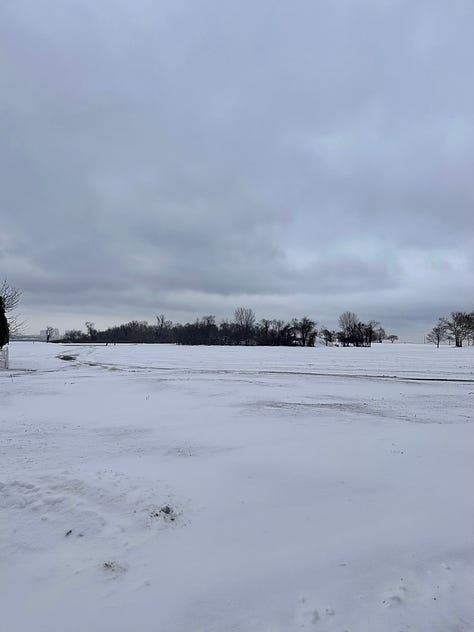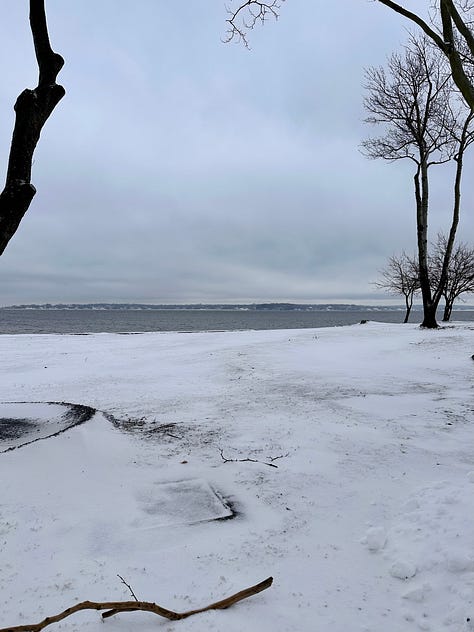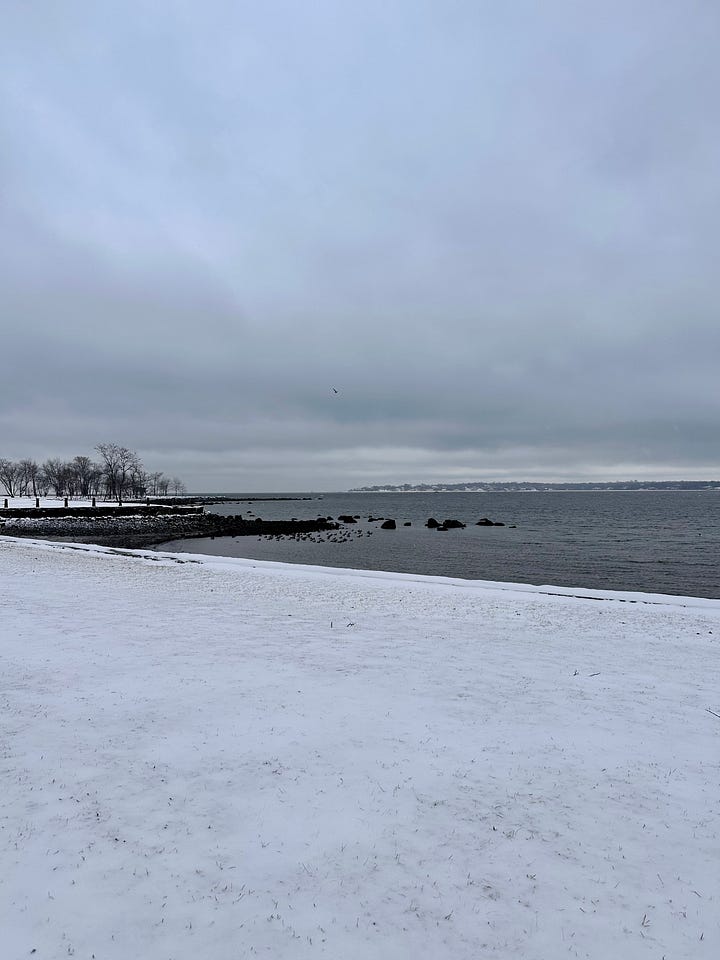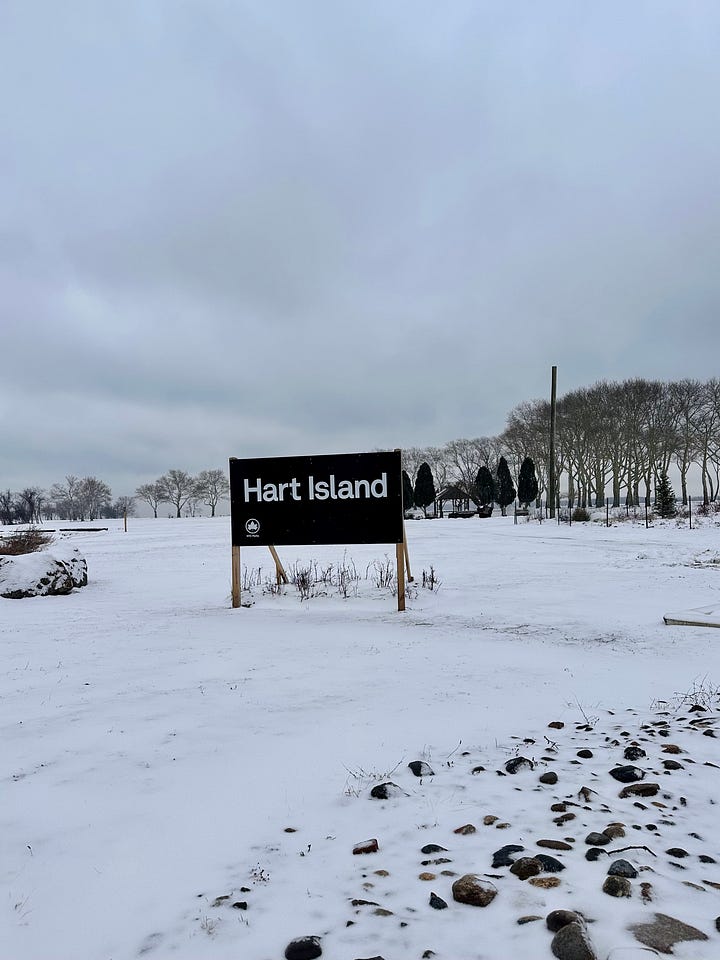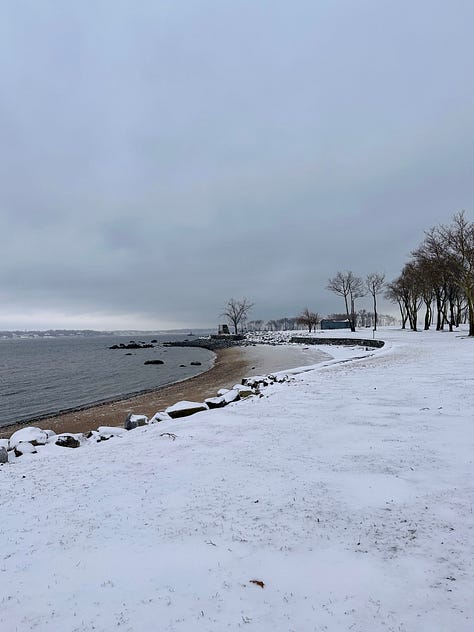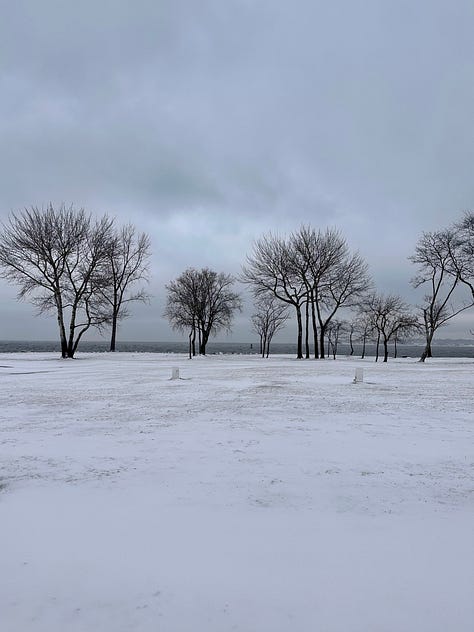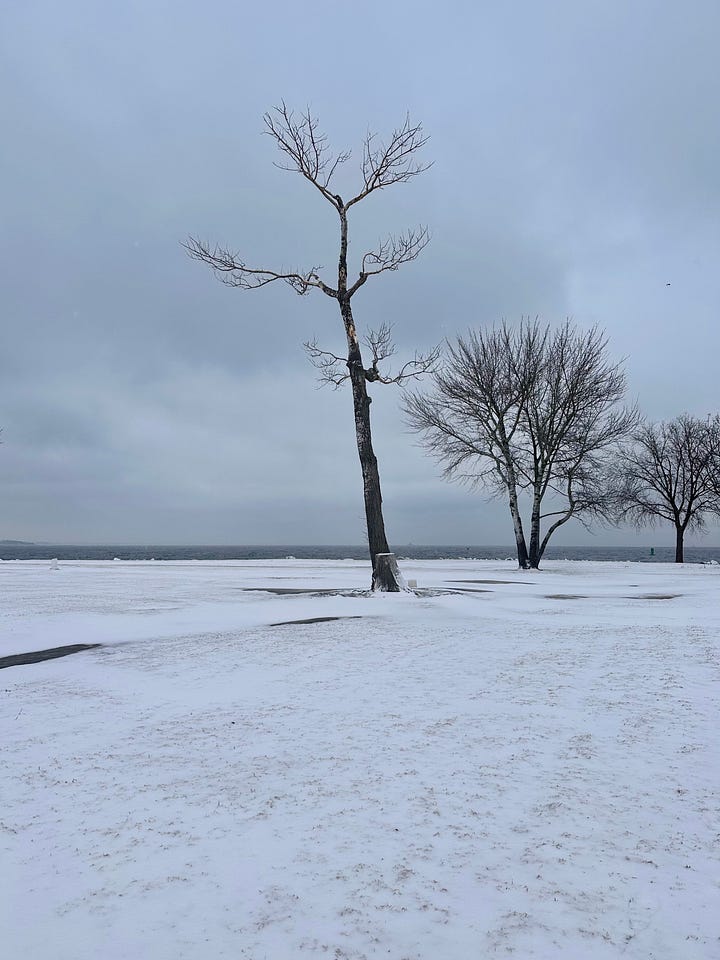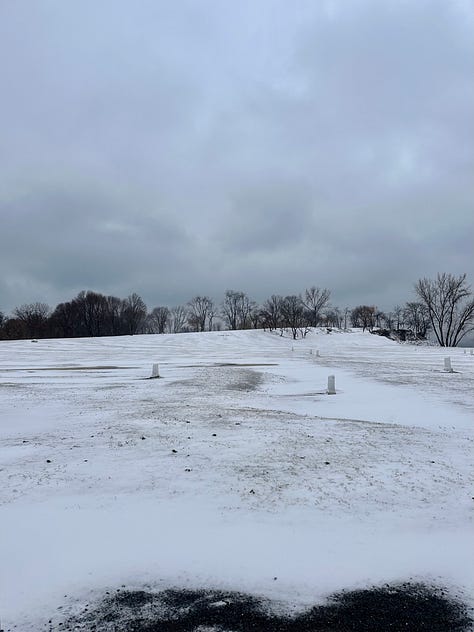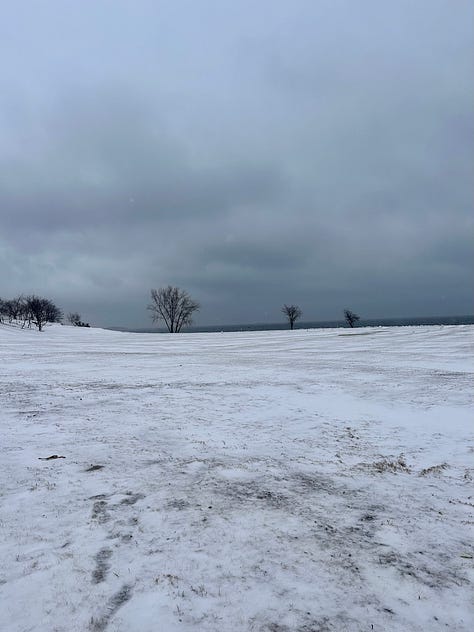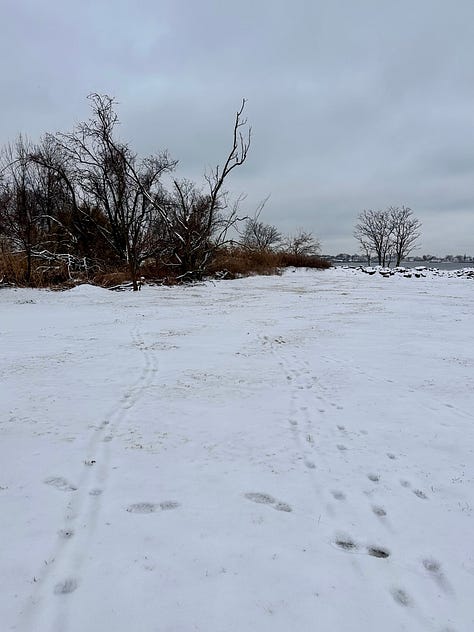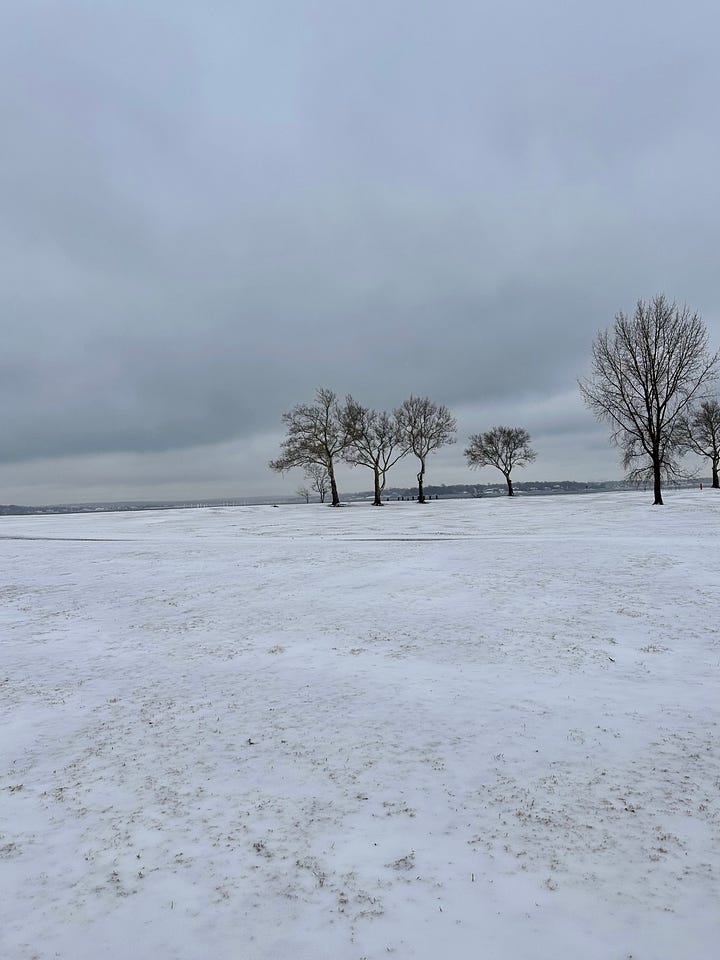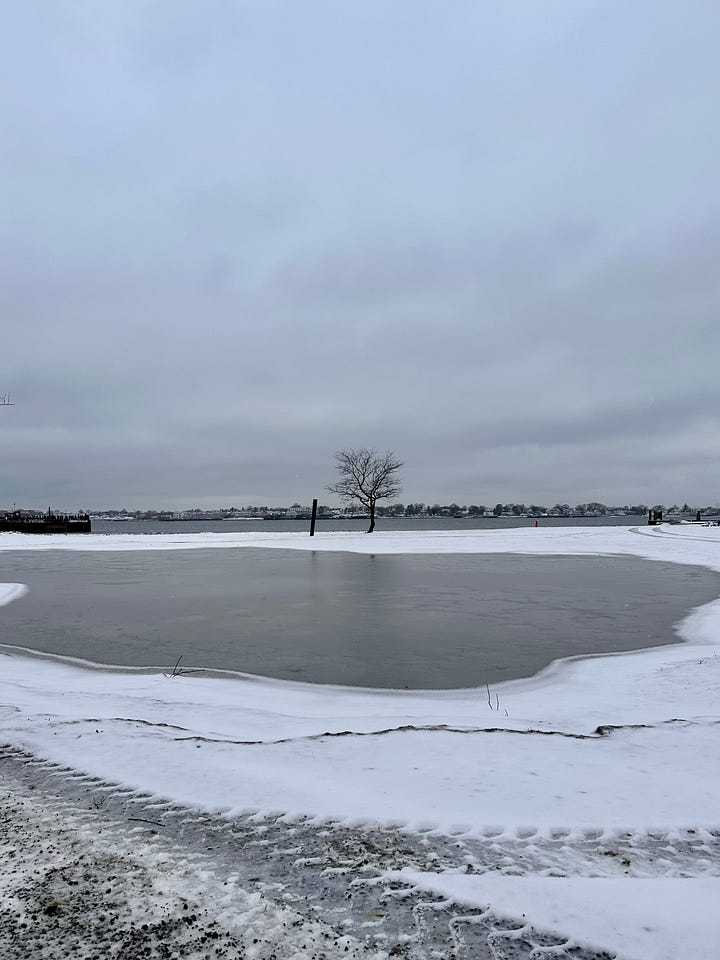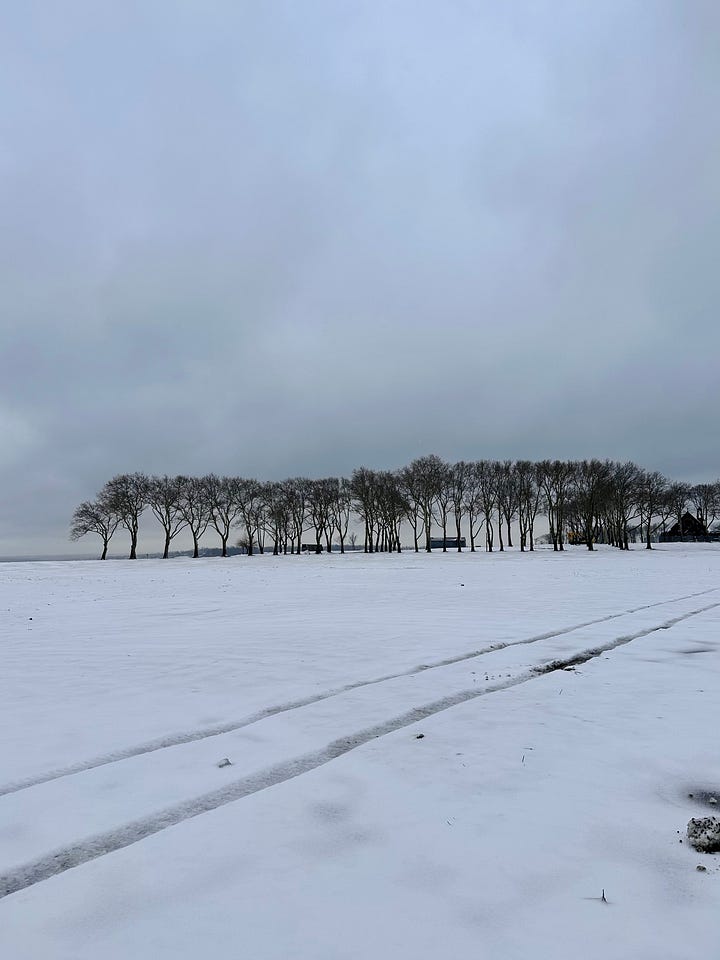The First Parks on a Bike Substack
For years now, I’ve wrestled with the idea of making longer-form, written content with my Parks on a Bike hat on. I began posting as Parks on a Bike on Instagram seemingly right as the platform began to really lose some of its luster and vibrancy. I thought Twitter might work as an alternative, but then Elon’s chaotic tenure began. TikTok is okay, but making videos is tedious, difficult, and it’s significantly hard to convey ideas the way I prefer to - through writing and still images.
To that end, I’m trying out Substack as an alternative for posting with a more focused level of depth. Of course, I’m still figuring how I’m going to structure the newsletter, what I plan to share, and the length. That said, I don’t plan to ever share more than one newsletter per month, and may go down to even less than that if I find that works best.
12 New Parks and Park Attractions to See in 2024
2023 was a busy year for parks in NYC, with new openings, renovations, and other additions coming up seemingly almost every week. Even the most dedicated parks-goers in NYC are bound to have missed at least a few of these new open spaces. I’ve rounded up a dozen of the best new parks and park attractions to see in 2024, one for each month of the year. There’s no real, scientific ranking to these and they’re all great, but I sorted them roughly based on my own excitement and enthusiasm for that particular park. Each numbered title has a link with more information about that specific park.
Go see this one on one of the first warm days of the year, enjoy the sand, and discover ‘Manhattan’s first beach’ before it’s so popular later on that you can’t find any space for yourself. By midsummer, I truly believe that getting a spot on the beach on nights and weekends will be no small feat.
The main attraction here is the beach, which claims to be Manhattan’s first, though that isn’t quite true (you’ll find a couple up in Inwood). It is far and away the most accessible place for beachgoing in Manhattan however, though it does not allow any swimming. That’s just the beginning though, as the pier seamlessly weaves active and passive uses, public art, greenery + resiliency, municipal services, and more.
For years now, NYC has eagerly awaited the opening of Freshkills Park. It’s been slow going, but over the past few years, chunks have slowly come online. Perhaps the most exciting new piece to open is Freshkills North, which debuted in October. Connecting to Schmul Park, this segment includes around a mile of paved paths, through Staten Island’s former dump.
The views of the sprawling wetlands are some of the finest in all of New York City, and viewing them is made easy by the incredible, 20 foot high birdwatching tower. I’ve yet to go to this one, and it’s perhaps the park I’m most excited to see in 2024.
After decades of advocacy, NYC’s Parks Department took over operations of Hart Island from the Department of Corrections, with an explicit goal of increasing public access. While there’s we’re a long way from regular public access, at the end of 2023, Parks began offering tours of the Island. For now, they’re lottery admission tours capped at just 30 attendees, held roughly every other Tuesday.
I was able to attend one on an absolutely mind-bogglingly cold day in January. Through the snow and sleet, we learned about the island’s long, strange, and unsurprisingly sad history. It’s truly a one-of-a-kind location, and I strongly encourage signing up for one of the lotteries. Read to the end for a more in depth review of the tour.
If you’ve ever biked down Cross Bay Boulevard to the Rockaways, you’ve probably passed this place without even realizing it. Sunset Cove Park has stunning views of Jamaica Bay and the distant New York City skyline, and at the end of last summer the park’s second phase was completed.
Now, there’s a long pier with a covered gazebo that just out well over 100 feet into the wetlands of the park. It’s made from recycled planks from the old Rockaway Beach Boardwalk that was destroyed during Sandy, has a unique sun calendar, and other fun quirks. Next time you’re biking out to the Rockaways, make sure to make a pit stop here.
If you rode the Rockaway Boardwalk last summer, you probably saw the long vacant stretch of land in Arverne that runs from Beach 56th Street to Beach 44th Street quietly building out as part of the massive Arverne East megaproject. The development, which will transform this coastal community, claims it “will be one of the most environmentally conscious developments in the United States, achieving net zero and eliminating the need for fossil fuels on site.”
35 acres of the site was set aside as the Arverne East Nature Preserve, which quietly opened towards the end of last summer. The long-unpaved roads, illegal dumping, and squatters that once defined this stretch are gone, with meandering paths designed for walking taking their place.
Staten Island’s award-winning bluebelt program has slowly transformed the Island’s many existent waterways through stormwater improvements, improved resiliency, and the creation of public access. The latest addition, New Creek Bluebelt, was fully completed last fall.
Located in Midland Beach, one of the hardest hit neighborhoods in the borough during Sandy, the new bluebelt offers a number of viewing platforms, short trails, and restored wetlands in what was until recently a completely inaccessible waterway. Though not technically a park, DEP’s bluebelts are a fantastic public space amenities found across Staten Island.
After months of excitement, the new chunk of Greenway on the East River is now open, spanning a little over 10 blocks. To say it’s set a new standard for what a greenway can be in NYC is a huge understatement. There’s an extra-wide bidirectional bike lane, clear delineation between bike and pedestrian uses, seating, rainwater capture, and simply beautiful views of the East River and Roosevelt Island. Right now, it’s just the ten blocks or so, but I’m dreaming of a day when I can bike all across the Five Boroughs on such a fantastic path.
This storied path in eastern Queens was once one of the very first modern highways - with overpasses, underpasses, and minimal stopping - in the world. These days, it’s of the finest hike and bike trails in the whole city, but if you’ve ridden it in the past, you’re probably used to dodging potholes, going over roots, and other challenges of riding. Now, thanks to a $4 million renovation, the path has been greatly improved and repaved across the entire three mile length of the parkway. Now, you can ride out and enjoy three smooth car-free miles between Cunningham Park and Alley Pond Park.
Last August, the Parks unveiled a lovely new home for a handful of the many playground animals that are aging out of the system. These little animals, largely credited to former Parks Commissioner Henry Stern, have been a beloved fixture of playgrounds across the City since their installations in the 80s and 90s. Now, in Flushing Meadows Corona Park, just northwest of the Rocket Thrower statue, you’ll find a handful of animals enjoying their retirement in the park. There’s just a handful of animal statues now, but expect more to slowly make their way to these greener pastures in the future.
To much fanfare, the legendary High Line’s short, eastward expansion towards Moynihan Train Hall was unveiled last summer. Anchored by a new public art piece right above the intersection of 30th and 10th, the new addition ultimately connects to the public plaza at the Manhattan West development via a unique wooden trestle bridge. Despite the complicated legacy of the High Line, it’s pretty amazing that you can now walk from 33rd and 7th to Battery Park City and only cross four streets the entire way.
Along a stretch of the Bronx River that’s been transformed by park space over the last twenty years, Starlight Park has debuted to help close some of the greenway gaps. The real highlight here is the exceptional greenway component that’s wide, traverses numerous barriers, and offers a pleasant ride. To top it all off, there’s excellent, unique infrastructure here, like the blue-arched bridges, that lend a unique feel to the space.
The last park I’m excited to see in 2024 is across the Hudson River in Hoboken, which has quietly been rolling out high quality, innovative parks over the last 15 years or so. The third and newest Resiliency Park in the city opened last year on a former industrial site in the densely populated northwest corner of Hoboken. It’s designed to capture rainwater, and is capable of taking in an astonishing 2 million gallons of rainwater in the five acres of parkland created at this site.
If that’s not enough, the park features multiple lowland gardens, active recreation with everything from a baseball field to basketball courts and an ice rink, an in-park cafe, performing stages, pumps, and so much more. It reminds me of the rainwater capture-focused parks I’ve seen in Copenhagen and Malmö in the best way possible.
20 Ideas for Funding NYC’s Park: New Report from Center for an Urban Future
A new report from NYC’s Center for an Urban Future came out last month with 20 new, forward-thinking ideas designed to offer long term, sustainable revenue for NYC’s Parks.
My personal favorite is the goal of adding 10 new destination concessions and 10 new restaurants in NYC’s Parks by 2030. On my trip to Milwaukee last year, I was amazed by the fantastic system of beer gardens, cafes, and other operators that call the their parks system home. The most realistic, and possibly highest revenue ideas stem from easily-implemented to moonshot goals, though all are worth exploring as ways to fund our aging system. Click here to read the report.
Read the Urban Land Institute’s New Report on Creating a Coalition-Driven Equitable Greenway Network in NYC
The Brooklyn Greenway Coalition and Urban Land Institute came out with a great report earlier this month on the pressing need for a coalition-driven equitable greenway network in NYC. If you ride the City’s greenways all over, you know maintenance varies dramatically by neighborhood. This new paper offers a strong vision on how the network can be better implemented, maintained, and activated. Read the report here.
Touring Hart Island - A Short Review
After years of advocacy, control of Hart Island officially transitioned from the Department of Corrections to NYC Parks over the last few years. It’s been a long time coming, and one of the goals of Parks control was to offer better public access to the secluded island. Last month, I was able to join one of the new, Urban Parks Ranger-led tours of NYC’s one-of-a-kind Hart Island. Since then I’ve been thinking and reflecting on the experience of visiting the nation’s largest public cemetery, one of the largest in the entire world. Death is an uncomfortable topic for many, and it’s unavoidable when talking about Hart Island, the home to over one million deceased New Yorkers. From the progressive era, to the early years of the AIDS crisis, and even COVID, Hart Island has played a crucial role in some of the City’s most challenging moments.
While it’s best known as NYC’s public cemetery, Hart Island has a long, odd history. Like many NYC islands, it’s served as home for a long list of ‘undesirable’ uses - asylums, rehab centers, prisons, a delinquent boy’s school, and much more. Despite this, it’s also long been a place of safety, security, and solace on the edge of our busy city. Even now, around 1,000 people are buried here every year, often those on the margins of society with no known family, no ability to pay, or that are not able to be identified. It’s a complicated dynamic for a place with a complex legacy. On my tour, there were multiple people with family buried on Hart Island.
The island itself is quite lovely, in a sense. On my visit, there was heavy wind, fresh snow, and sleet that gave a particularly otherworldly experience. These days, after extensive work, the numerous decaying structures that called the island home have largely been removed. What’s left is something that appears naturalistic in state, with incredible views of the Long Island Sound, including the many small islands, coves, and reefs that dot the surrounding area. It’s stunningly peaceful and quiet, and there’s a lot of wildlife that’s taken up on the mostly empty island. There’s really something striking about being in an island cemetery and looking out towards life in almost every direction. The ferry ride to and from Hart Island itself was also truly stunning, with excellent views of the Sound and surrounding islands.
I don’t want to spoil too much of the tour, hence the somewhat vague descriptions. But it’s a moving meditation on death, our City’s legacy and history, and the way we remember those that are gone. The Urban Parks Rangers have really put together a fantastic tour, and I really encourage signing up for the lottery. It took a couple of tries signing up for the lottery for me, but eventually I was able to get in. My gut tells me now is the best time to go, I really think this will be hard to get into come summer as people hear about the tour and the weather warms. To end this first newsletter, I’ve shared photos from my visit to Hart Island:
